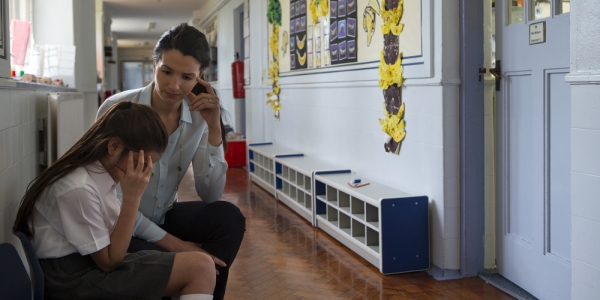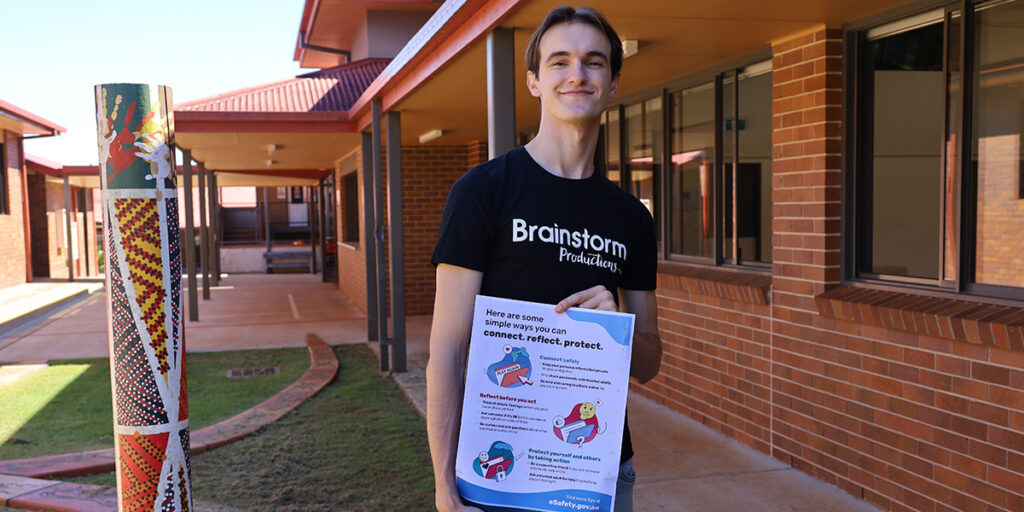By Amy Williams – Guest Contributor
As teachers, the battles we are fighting these days, together with parents, to keep children safe, can feel impossible to beat at times, due to the internet which, along with the good, has also brought the bad. From inappropriate content to online predators, there are risks to kids being allowed to surf online.
One battle that we can trust our students with, by teaching them how to deal with it, is cyberbullying. Cyberbullying statistics in Australia have shown how “over 80% of those who bullied others online would also do so offline.” Moreover, “84% of those who were bullied online were also victims of bullying behavior offline.” It is far easier to bully someone online than in real life and with stats like these, it is highly probable that students in your class will become victims of cyberbullying or bully someone themselves.
Teaching your students to fight this social issue is essential to help in raising a generation that does not tolerate online abuse. The following tips will help you to arm your students to fight this battle.
Identify it – Your students have to recognise what cyberbullying looks like so that they won’t indulge in it or ignore it. Things like false rumors spread online, mean texts and images, threats, hurtful comments and identity theft are all forms of cyberbullying.

Speak up – Reports in Australia have shown how “a quarter of all cyber-bullies target people they do not even know.” This means that your students could be cyberbullied simply because the bully — a total stranger — was bored or felt like picking on somebody. Teach your students to report cyberbullies and to speak up for the person being victimised. Moreover, if your students are the ones being cyberbullied, encourage them to tell you by building trusting relationships with them.
Save evidence – Whether it is to stop a cyberbully and help the victim out or to protect themselves, teach your students about the importance of evidence to take the cyberbully down. Media such as screenshots, emails and messages will all help to shut down the bully.
Value privacy – It comes more natural for kids these days to share private things online but as a teacher, it is important to teach your students that certain media like inappropriate images and videos, or passwords and other private data should never be shared online, no matter how much they trust a person. This media could be used against them as a form of cyberbullying.

Nurture empathy – Instilling empathy in your students will help keep them away from the temptation of bullying someone online. Moreover, empathy means students will put themselves in someone else’s shoes, so they will find it more difficult to ignore cyberbullying when they see that someone is being abused online.
64% of Australian girls aged 6 to 12 have reported being cyber-bullied and this statistic is not taking into account the countless others that were not reported. We can never obliterate cyberbullying but we can arm students with the right skills to shut down such abuse whenever they come across it. Cyberbullying has added another level of duties for us as teachers — ones that we should take seriously and battle against, together with parents, so that tragedies related to such abuse can be avoided.




